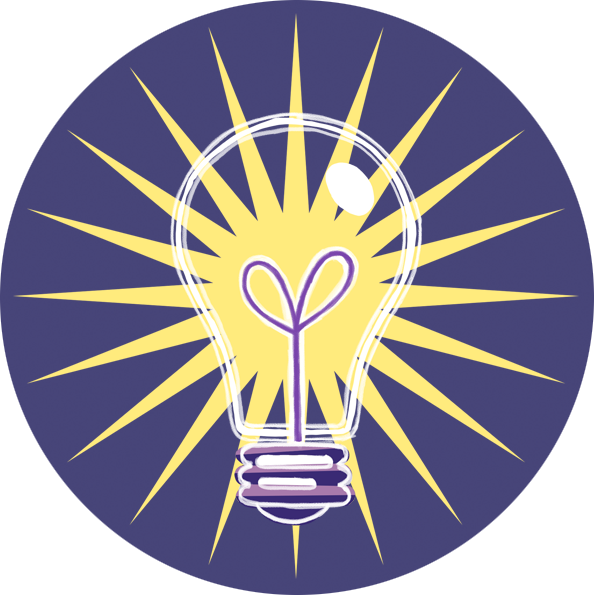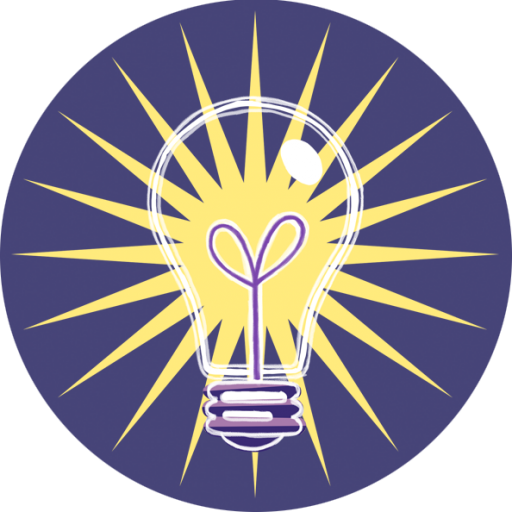Metacognition (at its simplest, thinking about thinking) is gaining some ground in primary and secondary outposts; in higher education and the workplace, you may draw a blank. However, say researchers De Backer et al. (2011:559):
‘It is widely recognised that metacognition is an important mediator for successful and high-level learning, especially in higher education… Nevertheless, a majority of higher education students possess insufficient metacognitive knowledge and regulation skills to self-regulate their learning adequately.’
Research into supporting disadvantaged children in schools has demonstrated that, for children with sufficient motivation, the disadvantage gap can be closed with ‘very high impact for very low cost.’ (The Education Endowment Foundation claims the average additional progress in one year is seven months when you teach metacognition with self-regulation.)
Quite clearly there’s a case for incorporating metacognition into learning design. And it shouldn’t be a difficult ‘sell’. As Graham Gibbs (2006:23) notes, ‘Students are strategic as never before,’ and, on these grounds alone, you might reasonably expect they’d want to work in the most efficient and effective way possible: to work smarter rather than harder, as the saying is.
Origins of metacognition
The concept of metacognition was developed by Stanford professor and child psychologist John Flavell in the 1970s. Closely connected with Piaget’s work and that of social constructivist Lev Vygotsky, it covers the ways in which we can regulate how we think. Metacognition is:
‘one’s ability to use prior knowledge to plan a strategy for
approaching a new learning task, to take necessary steps to problem solve, to reflect on and evaluate results and modify one’s approach as needed. It helps learners choose the right cognitive tool for the task and plays a critical role in successful learning’ (LCPS, n.d.).
It can be divided into two parts: metacognitive knowledge and metacognitive regulation. The first is what students know about how they learn, what problems are being presented and what kind of toolkit is available to solve those problems efficiently.
The second, metacognitive regulation, covers such aspects of learning as planning, information management, monitoring comprehension, evaluating progress.
‘Individuals who demonstrate a wide variety of metacognitive skills complete work more efficiently—they use the right tool for the job, and they modify learning strategies as needed, identifying blocks to learning and changing tools or strategies to ensure goal attainment’ LCPS, n.d.).
Examples of metacognitive strategies
Helpful Professor Chris Drew includes the following in his list of metacognitive strategies:
- Self-questioning (internal talk): The ability to ask yourself questions when going throughout your work to ensure you’re doing it to the best of your ability.
- Meditation: Through pausing and clearing your mind, you can flush out all the extra chatter and focus more on the task.
- Reflection: As you work, you reflect on what you’re doing and think about ways to do it better. Schon called this ‘reflection-in-action’.
- Awareness of strengths and weaknesses: Being able to know what tasks you’re good at, and what tasks you struggle at.
- Study skills: Using study aides such as flash cards, spaced repetition, and other study strategies to remember.
A simple question frame for students might be along the lines of: “What is the problem? What do I need to do? What might be my best strategy here?”
Then: “How did that work? Might I employ that strategy elsewhere? Will it need modifying?”
Another useful question is: “What makes me a successful learner?”
Metacognition in higher education
You may think that teaching metacognition is a job for Study Skills tutors. But in fact it needs designing and embedding into all classes, just like other study skills, for it to have a meaningful impact on learners. In higher education settings, students need to be developing their own sense of what successful learning looks like, as well as reflecting on good feedback from tutors.
Learning designers can reinforce this by designing short metacognitive activities into taught sessions. For example, at the start of a session students could be prompted on Pentameter to ‘check in’ with themselves and consider whether time of day, temperature, lighting, desk height might make a difference to their learning. Or what reading strategies work for them, and in what circumstances. Or whether they prefer making mind maps, scribbling on post-it notes, or using Lego to develop their ideas.
One lecturer knew her international students were working on mind mapping in their EAP (English for Academic Purposes) sessions, but she never saw any sign of their use until she began to include mapping in her sessions: it was then that they realised it didn’t belong in EAP alone.
Learning designers could also consider designing team teaching activities involving specialist educators such as Study Skills or Learning Development tutors, and integrating their understanding of metacognition into learning design. If team teaching is not an option, find out what advice these specialists are giving students and find ways to reinforce it through your learning designs.
Metacognition in corporate contexts
If you’re designing learning for the workplace, designing for metacognition is just as important. Encouraging employees to regularly reflect on their learning experiences, challenges, and successes allows them to assess their thinking processes and identify effective or ineffective strategies. This self-reflection provides valuable insights that individuals can use to adapt and improve their future learning efforts.
Goal setting is another powerful tool that learning designers can incorporate. By encouraging employees to set clear and achievable learning objectives, designers facilitate a proactive approach to learning. Employees become more motivated and focused, leading to a deeper engagement with the learning material and a stronger commitment to their own development.
Incorporating metacognitive techniques such as planning and monitoring can also optimise learning experiences. Learning designers can teach employees how to plan their learning process effectively, break down complex tasks into manageable steps, and monitor their progress along the way. This approach helps individuals stay on track, identify potential obstacles, and make necessary adjustments to achieve their learning goals efficiently.
However you employ metacognition, you will be offering employees and students a way to become more confident, efficient learners both in the classroom and in the workplace. Stronger metacognitive skills enable people to identify gaps in their knowledge and skills take more ownership of their development.
You might also like:
- De Backer, L., Van Keer, H. and Valcke, M. (2012) Exploring the potential impact of reciprocal peer tutoring on higher education students’ metacognitive knowledge and regulation. Instructional Science. 40, pp.559-588
- Drew, C. (2023) Metacognitive Theory: definition, pros and cons
- Gibbs, G. (2006) ‘How assessment frames student learning’ in Bryan, C and Clegg, B. (eds) Innovative Assessment in Higher Education London: Routledge pp.23-26
- LCPS (n.d) Fact sheet: Metacognitive processes
Thank you to:
- Ray Martin for researching and preparing this article
- Alonso Reyes on Unsplash for a fabulous photo!
Want to learn how to build great courses?
We run a PGCert, PGDip and MA in Creative Teaching and Learning Design.
Find out which stage is right for you.




